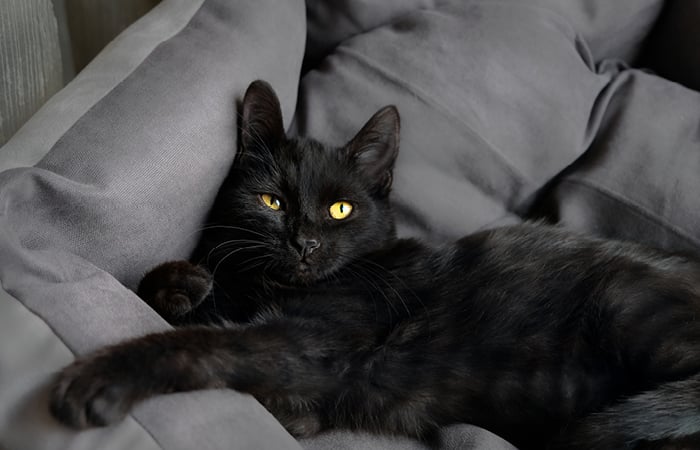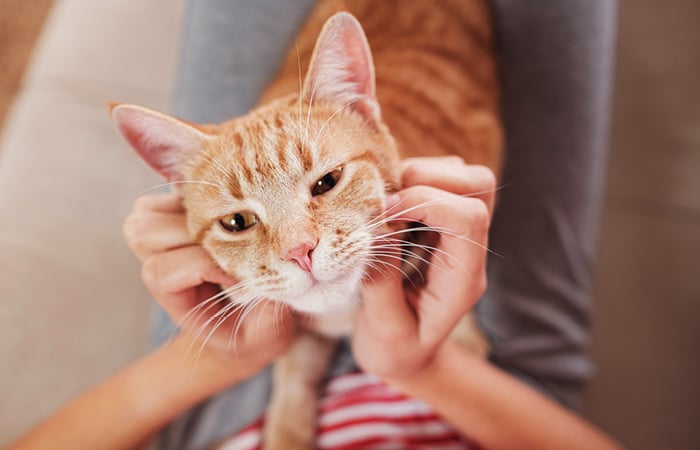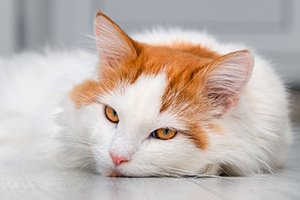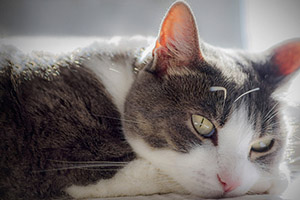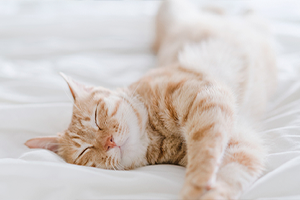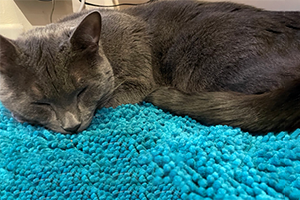Most cats don’t like getting wet – you may have the scratch marks to prove it, if you’ve ever tried to give your cat a bath! But there are a few rare kitties who enjoy a soak (as a quick YouTube search reveals), and some breeds actually seem to like the water. Bengal cats, in particular, have a reputation for being comfortable around water, and even happily joining you in the tub, given the chance!
So it’s a bit of a myth that all cats hate water. Generally, though, our pets aren’t keen on being soggy moggies. And fortunately, they tend to do a fantastic job of keeping themselves clean. If you do ever find yourself needing to bathe your cat, specialist pet wipes may be a less stressful option (for both of you) than a bath. Otherwise take things slowly, and get your cat comfortable around the bath or shower before placing them in water.




